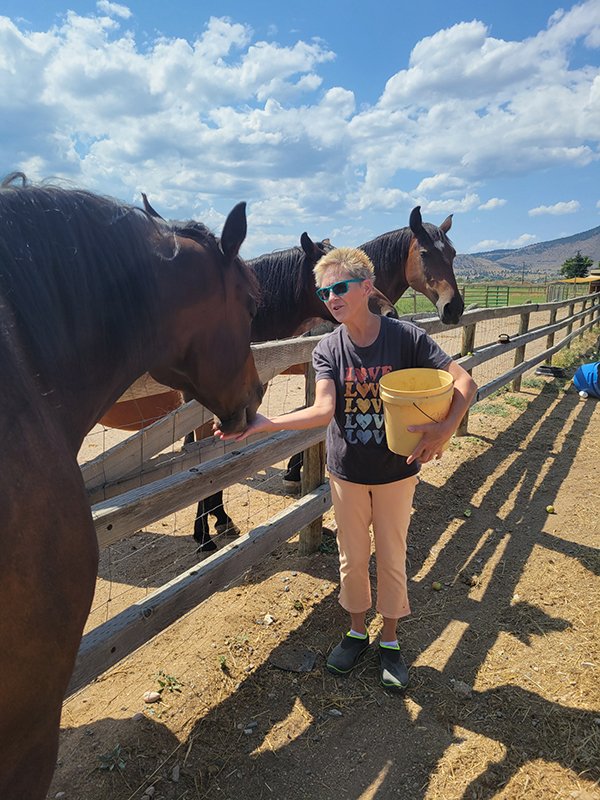Keeping Hope Alive in the Face of Disappointment Part 2
Where does hope come from?
In an earlier blog I told you a little bit about Edgar Allan Poe and despite having lived a life full of disappointment he managed to remain an optimist. Though there were times he was despairing, he always had hope.
The Merriam Webster Dictionary defines hope as “desire accompanied by expectation of or belief in fulfillment.”
Photo Credit: Shutterstock
And that’s basically what Theologian Thomas Aquinas says as well: “Hope is grounded in some desired future that is both possible to achieve but also very difficult.”
In that earlier blog, I asked you to think about four questions – today I would like to talk about the fourth thought I left you with:
In your opinion, is the ability to feel hope part of being human? Or can animals feel hope, too?
According to this in-depth AI overview I found on the Internet: “Scholars agree that hope is a fundamental part of being human. It's a complex, multidimensional process that's future-oriented, deliberate, and highly personalized. Hope is a positive outlook that involves looking for ways to succeed, even when faced with challenges. It's a way of thinking that involves a dynamic interplay between cognition, emotions, action, and interpersonal connections.”
Photo Credit: J. Howeth
This explanation asserts that hope can only be felt by humans. Afterall, we have the brain structures to think complex thoughts. But I wonder . . . When I go out to work at the farm animal sanctuary I bring apples with me - the animals know this about my visits. I only visit them twice a week with two and occasionally three days in between. I am not going to hypothesize that they spend those days awaiting my next visit, “hoping” I’m going to bring apples. I recognize that they do not possess the ability to process thoughts like that, and consequently are not thinking about me at all. However, when they see my car and trot to greet me, in those few moments before they reach my side, are they remembering that I bring apples and are therefore now “hoping” that that’s what I have in my bucket? Could this be conditioning with some shading of hope (“positive outlook”) as well? I think it’s worth consideration.
Just like Molly the cow in my soon to be released book, THE MOLLY’S B. I would sure like to think that whatever drove her to jump that fence and start running, had a little something to do with hope.
Moving on: have you ever noticed that hope won’t go away? It gets shaken, sometimes dashed, and sometimes even annihilated (I’m thinking of the Holocaust victims here), but given time, like the tiny seedling that pokes through the soil stretching toward the light . . . hope just won’t give up.
Sometimes it makes me mad. Sometimes I don’t want to feel hope, and I don’t want to have to respond to it. Sometimes I want to just wallow in my misery and stomp on that little seedling.
Using Poe’s life as a springboard, I’m going to reflect on one aspect of my life - the dream of becoming a published children’s author. I’ve been engaged in this writing gig long enough now to have a view of the landscape. I’m always amazed and as green as the Wicked Witch of the West of writers new to publishing who achieve success right out of the gate (having barely learned to use their wings let alone having earned them!). [Sorry for the mixed metaphors – this is how I really talk.]
My journey has been more arduous. Years! I’ve devoted to this endeavor. And success has been a long time coming. I’ve had a few near successes, but mostly my experience is littered with many disappointments, many false starts, even a couple of times where I’ve declared, “I quit!” only to be drawn back by guess who – yep! And then before I know it, I’m writing a new story or sending out a query, all the while, fingers crossed, hoping, hoping . . .
How many times have you tried to quit something only to be pulled back into the game? Countless, right?
What is this all about?
Stand by for part 3.



